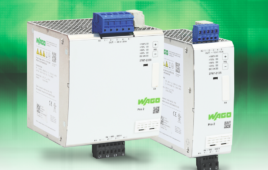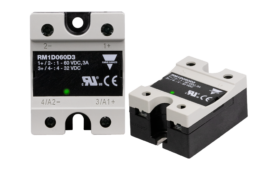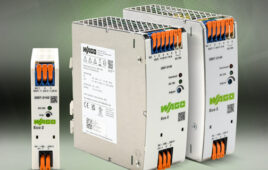Washington, D.C. — TheSolar Electric Power Association (SEPA) is pleased to announce the release of the Utility Solar Tax Manual, providing timely clarity regarding solar tax credit changes for the utility and solar industries. The manual also sheds light on the implications of these changes on new business models for both industries and their customers. The full report may be downloaded for free by SEPA members and purchased for $2,495 by non-members at www.solarelectricpower.org.
In October 2008, Congress extended the federal solar investment tax credit (ITC) for eight years and removed the utility exemption, which prevented regulated utilities from owning or investing in solar electric projects. As a result of the changes, utility-owned projects are expected to both increase significantly and provide a needed economic boost to the solar industry during the current economic downturn. “As the cost of solar technologies decrease and the cost of other generation resources increase, electric utilities are engaging in extensive strategic discussions to determine what solar business models are most advantageous to their business,” said Julia Hamm, SEPA executive director. “The availability of the ITC changes the picture for utilities, and the Utility Solar Tax Manual provides clarity around many of the related issues.”
The Utility Solar Tax Manual, written by one of the nation’s leading tax attorneys specializing in renewable energy, provides clear and comprehensive solar tax credit interpretation on utility ownership, customer ownership, unique business structures, and several other policy issues. The thirty-four page report, geared towards utility tax experts and strategic planners, addresses complex nuances using plain language to provide guidance to those both with and without tax expertise. The manual also includes a section on the Clean Renewable Energy Bonds (CREBs) that are available to municipal utilities and electric cooperatives. According to Mike Taylor, SEPA’s research director, “The Utility Solar Tax Manual is a necessity for all utilities that are evaluating their options for strategic solar energy investment and program development. Not only does the manual provide direction on the tax credit basics, but it also lays out innovative business models and their tax implications.”
The tax manual is part of SEPA’s annual series of research reports and educational programs which bridge electric utilities, solar companies, and other stakeholders to push solar forward more tangibly, one real business at a time while making solar practical and profitable in today’s shifting energy landscape.
::Design World::
Filed Under: Green engineering • renewable energy • sustainability, ELECTRONICS • ELECTRICAL





Tell Us What You Think!